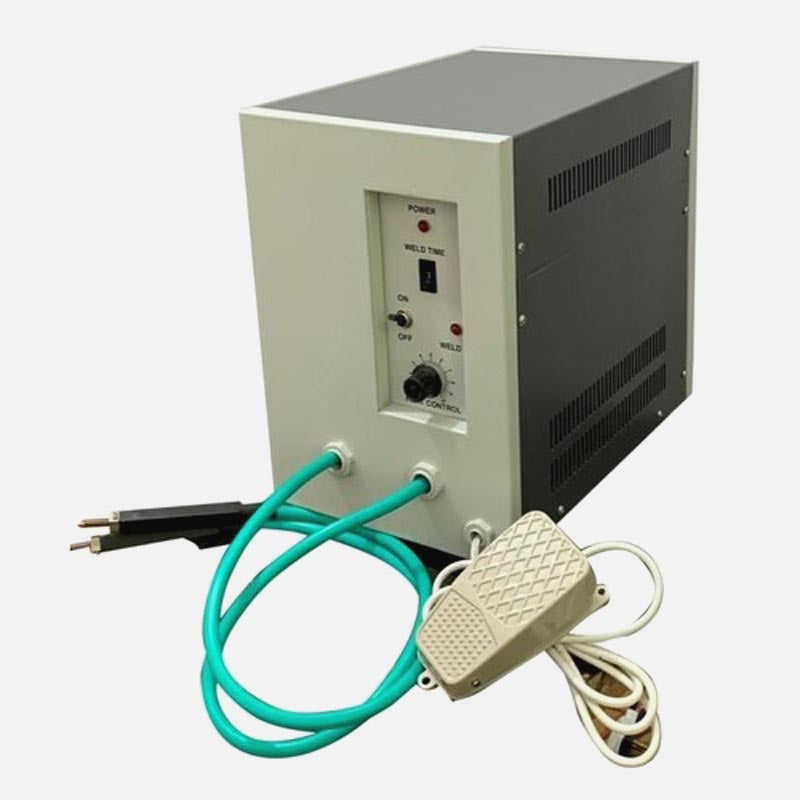What is Spot Welding Machine And how Does Work?
Spot Welding Machine: A Brief Overview
Spot welding is a popular welding technique widely used in manufacturing processes, especially in the automotive and aerospace industries. The spot welding machine is a specialized piece of equipment designed for this purpose. Let's delve into the workings of a spot welding machine, its components, and the process it employs.

Components of a Spot Welding Machine:
Electrodes:
- The heart of the spot welding machine is its electrodes, typically made of copper. These electrodes deliver electrical current to the workpieces, generating the heat required for welding.
Power Supply:
- The power supply is responsible for providing the necessary electrical energy to the electrodes. It ensures a controlled and precise application of current during the welding process.
Control Panel:
- The control panel allows operators to adjust welding parameters such as current, voltage, and duration. This customization is crucial for achieving optimal weld quality based on the materials being joined.
Cooling System:
- Spot welding generates a significant amount of heat. A cooling system, often using water, helps dissipate this heat, preventing overheating of the electrodes and ensuring consistent welding performance.
Working Principle:
Spot welding relies on the principle of resistance heating. Here's a step-by-step breakdown of the process:
Clamping:
- The workpieces are clamped between the electrodes. The tight contact between the materials ensures efficient transfer of current.
Application of Pressure:
- The electrodes apply pressure to the workpieces, ensuring a solid connection and minimizing any gaps that might hinder the welding process.
Electrical Current Flow:
- Once clamped, a high electric current is passed through the electrodes. As the current flows through the materials, it encounters resistance, leading to the generation of heat.
Heat Generation:
- The generated heat is concentrated at the point where the electrodes make contact with the workpieces. This localized heating causes the materials to melt and fuse together, creating a strong weld.
Cooling and Solidification:
- After a precise duration, the current is stopped, and the cooling system comes into play. This rapid cooling solidifies the weld joint, forming a durable connection between the materials.
Advantages of Spot Welding:
Speed and Efficiency:
- Spot welding is a fast process, making it highly efficient for mass production.
Consistent Weld Quality:
- The controlled parameters and precise application of current result in consistent and reliable welds.
Applicability to Various Materials:
- Spot welding is suitable for joining a variety of materials, including metals with different thicknesses.
In conclusion, a spot welding machine is a vital tool in modern manufacturing, providing a reliable and efficient method for joining materials in a wide range of industries. Its simplicity, speed, and versatility make it a preferred choice for high-volume production processes.
Comments
Post a Comment